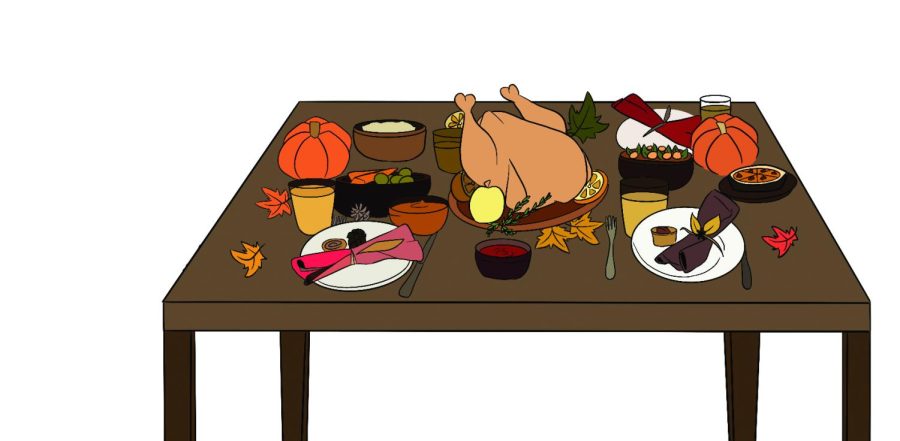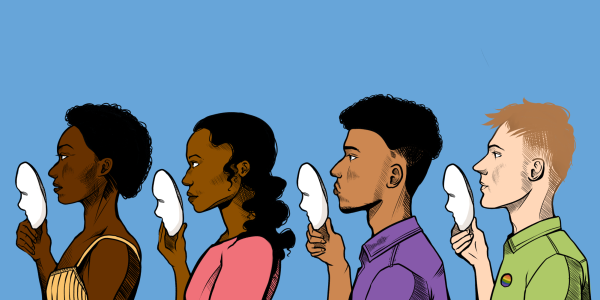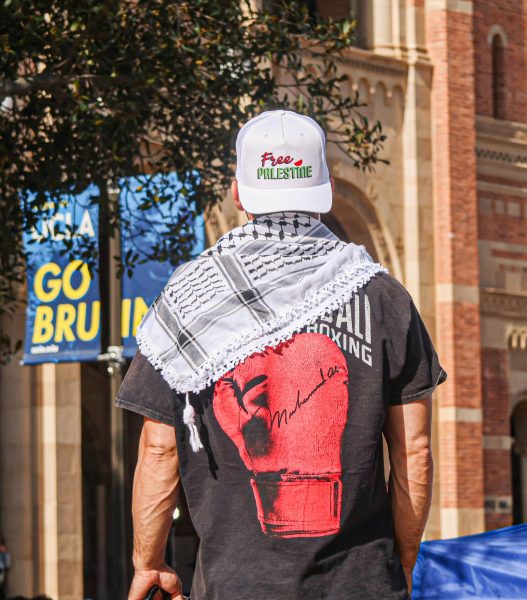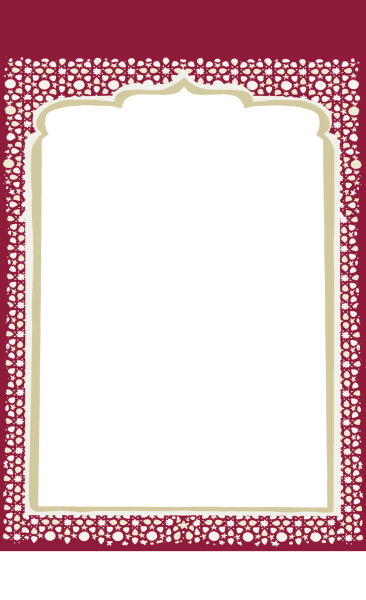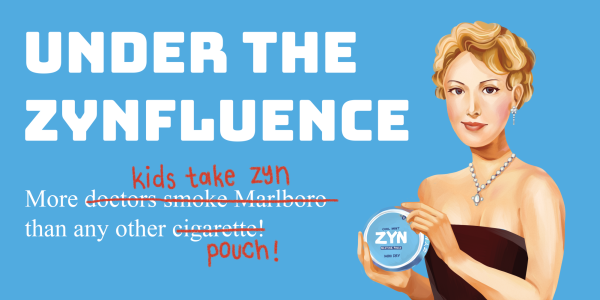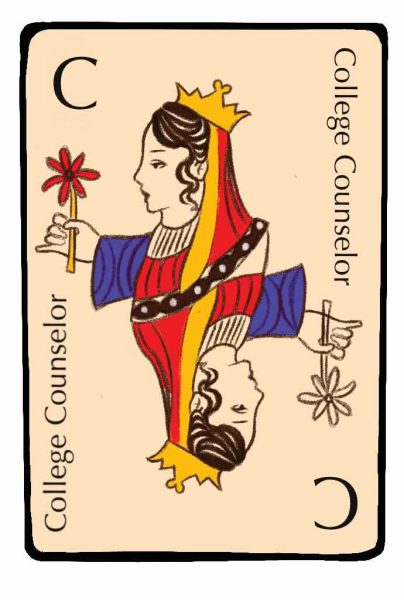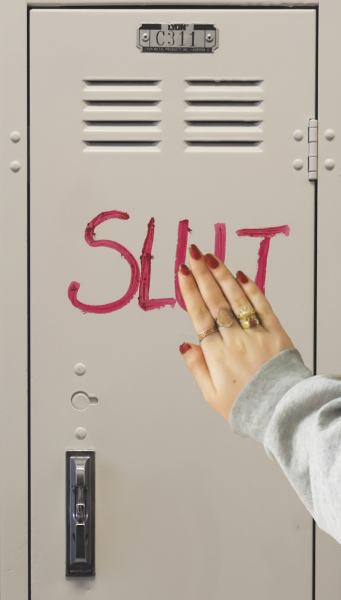An Insincere Thanks
A thanksgiving table with a delicious feast is left abandoned.
November 16, 2022
Cutter East ’24 said he vividly remembers learning about the first Thanksgiving in his kindergarten class. East, who identifies as a member of the Choctaw Nation of Oklahoma and the Isleta Pueblo, said he was told the story of how Squanto and the Wampanoag tribe helped the Pilgrims grow crops to prepare for the harsh winter. By the end of autumn, the Pilgrims grew enough food to hold a massive feast, and members of the Wampanoag tribe were invited as honored guests—or so he heard. When East got home from school, however, he was told by his parents that the story was nothing more than a myth. Now, East said he feels it is important to portray the true relationship between Native Americans and Pilgrims, even if it is an uncomfortable conversation to have.
“We should teach more of the actual relationship and how it was detrimental so that we can move past it,” East said. “I don’t think it’s right to gloss over the fact that there was a genocide and hate between the two groups. It should be known from a young age about this wrong instead of just glorifying history.”
According to indigenous historian Roxanne Dunbar-Ortiz, the true story of Thanksgiving is far different than the one usually taught to children. According to the National Parks Service, President Abraham Lincoln established Thanksgiving as a national holiday in 1863 during his Gettysburg Address. Just a year before this, however, Lincoln authorized the largest mass execution in United States history when 38 members of the Dakota Tribe were lynched. According to Dunbar-Ortiz, Thanksgiving is a myth created by the United States Government to cover up its brutal colonial past.
History teacher Dr. Erik C. Wade said nostalgia plays a large role in perpetuating the Thanksgiving myth.
“I think there’s dangers of whitewashing any type of event and not thinking really critically about it,” Wade said. “In many respects, once we start digging in and looking critically, people kind of get worried about losing their nostalgia.”
In 1970, the Wampanoag tribe created the National Day of Mourning on the same day as Thanksgiving to dispel the myths surrounding Thanksgiving and educate the public about the struggles faced by indigenous people around the country. At the first ceremony, Wamsutta Frank James, a Wampanoag elder and activist, delivered a speech to explain the holiday’s goals.
“We forfeited our country,” James said. “Our lands have fallen into the hands of the aggressor. We have allowed the white man to keep us on our knees. What has happened cannot be changed, but today we must work towards a more humane America, a more Indian America, where men and nature once again are important; where the Indian values of honor, truth, and brotherhood prevail.”
While East said he does not actively partake in the National Day of Mourning, he said he also does not celebrate Thanksgiving.
“I don’t acknowledge Thanksgiving as an event to celebrate because I don’t want to acknowledge the genocide of Native Americans as a good thing,” East said. “To me, it’s more of a celebration of indigenous people and meeting with my family rather than a celebration of the founding of America.”
Whitney Enenstein ’24 said she views Thanksgiving exclusively as a chance to reconnect with her relatives.
“I go on a trip with my family every year,” Enenstein said. “It depends on the year where we go, but I just really like spending time with family from around the country and having special time together.”
Patrick Yeh ’23 also said he associates the holiday with fond family memories.
“Thanksgiving is my favorite holiday by far,” Yeh said. “I usually travel up to San Francisco with my extended family, and we go to my uncle’s boujee hotel. It’s not the best food, because they’re pretty Irish, but it’s really fun.”
Ofek Levy ’23 said he celebrates Thanksgiving with burgers instead of a turkey.
“My immediate family gets together for Thanksgiving and we usually have what most people would consider a classic Fourth of July barbeque,” Levy said. “We have hamburgers and hot dogs because nobody in my family likes turkey. We also don’t really consider the history of Thanksgiving. As an immigrant family, it’s viewed as one of those things we do [to be American], but even the way we celebrate is not very American at its core.”
Wade said he can no longer view Thanksgiving in the same light, but agrees that it can be a wholesome holiday outside of its flawed history.
“The way that I’ve tried to reframe Thanksgiving is [looking] at it as a family fun day,” Wade said. “But I also make sure that we pay respects to the fact that we’re eating on top of indigenous land. It doesn’t make the pumpkin pie taste any less sweet, or the food more bitter. I just think it’s worth knowing the past and how we’re going to move forward.”
Wade also said the Upper School United States History team has implemented more works by indigenous authors into the curriculum. Clarissa Brown ’24, a student in Dr. Wade’s class, said she recalls a particularly impactful reading from Dunbar-Ortiz’s “An Indigenous People’s History of the United States,” which deals with ideas like settler colonialism.
“I thought it was a good decision to open the year by reading about indigenous people,” Brown said. “Before this year, I had really only heard watered-down versions of the indigenous experience in America. I never had to grapple with ideas like settler-colonialism, but reading about it and discussing it in class has definitely changed how I look at America’s history.”
In addition to US History classes, some English III classes have begun to teach texts, such as Tommy Orange’s “There There”, that deal with Native issues in the modern day. Andrew Kurgan ’24 said the book served as an important reminder that Native Americans are still faced with many challenges today.
“[There There] is important because it shows the connection to our culture now,” Kurgan said. “Most people assume that the Native American genocide happened so long ago, so it can’t happen now. I think ‘There There’ puts into perspective how Native American hate is still occurring today.”
Noelle Kim ’24 said the book taught her about the struggle for Native Americans to find their identity through unique, nuanced lenses.
“I thought it was interesting how each character experienced their Native American culture and identity differently,” Kim said. “I got a lot of different perspectives on how much their identity is embedded in their present day lives.”
East said while there are relatively few Native American students at the school, he is happy the school celebrates indigenous culture.
“As a Native American, I feel the school is very welcoming and understanding of the native culture,” East said. “I also think it’s important that the school highlights [native culture] in its reading, as they’re doing, in order to appreciate the culture of each of the diverse groups within the school. There aren’t many Native Americans here so I can’t really find community in that sort of sense, but I can find appreciation of other groups, which helps me.”































